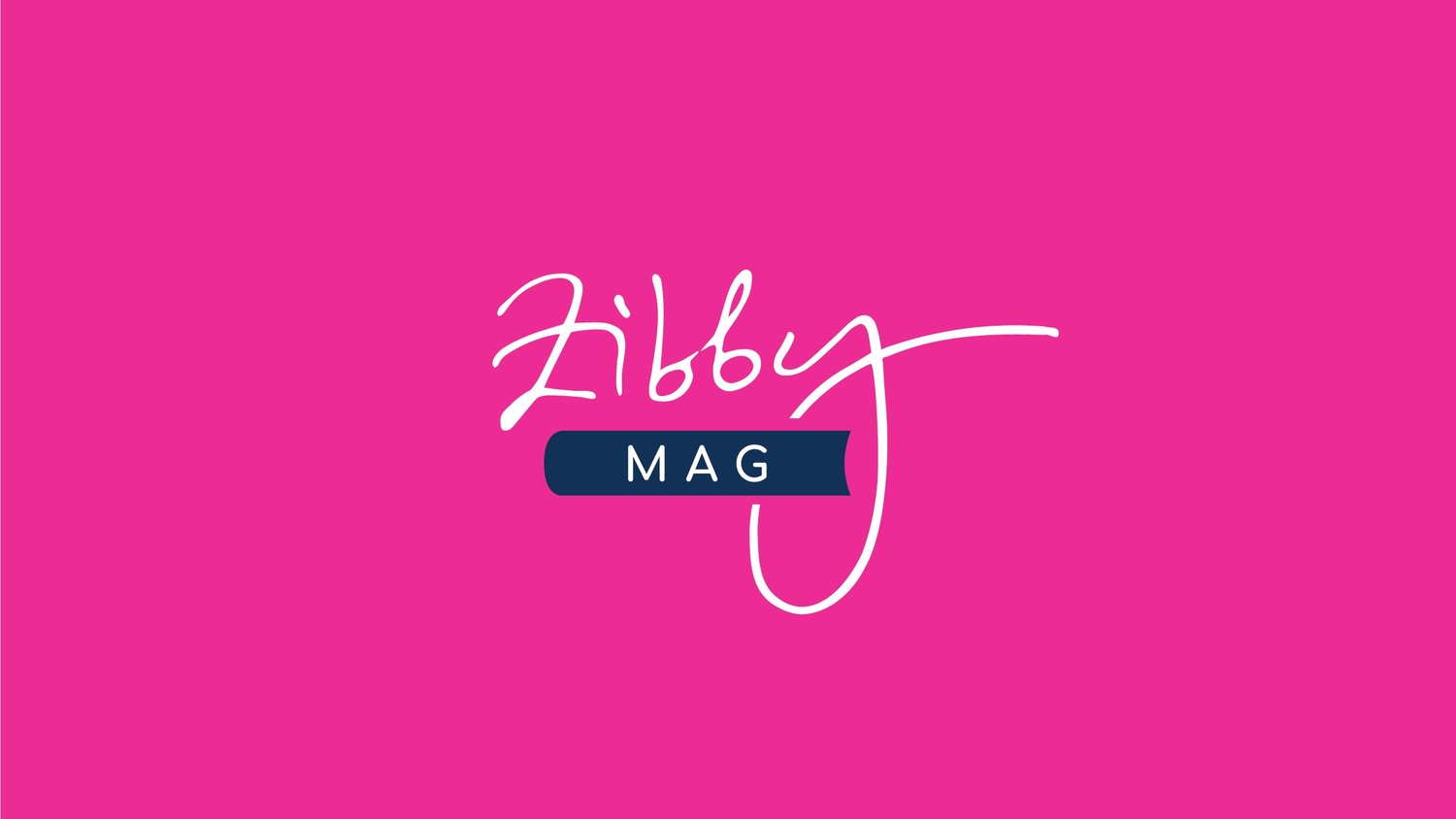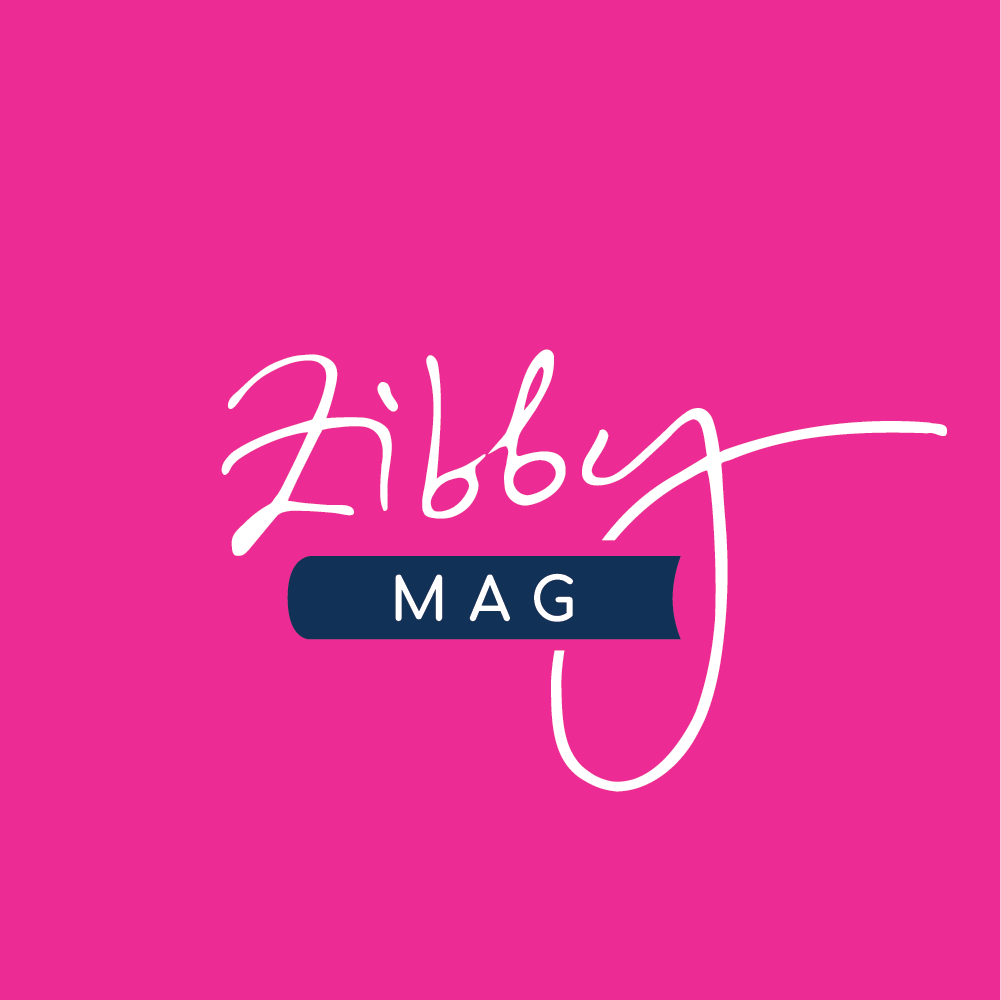My Son Got Addicted to Drugs in High School—Here’s What I Did
By Danielle Trussoni
This is the hardest decision I’ve ever made as a parent.
This truth dawns on me as I’m an hour into driving my seventeen-year-old son to rehab. A substance abuse center for teens in Connecticut has a spot waiting, but my son doesn’t want to go. I’m taking him against his will for treatment that could—I hope and pray and truly, deeply, sincerely believe—change his life. I know for certain it has already changed mine.
It’s been a nerve-wracking few months for us. After about a year of loud signals that my son was in trouble—using drugs, sneaking out at night, allowing his once-stellar grades to plummet—my husband and I decided to enact an intervention. I took my son out of school without warning, broke his contact with his friends, and severed his access to drugs. And he hates me for it.
“After this,” he says, staring out the window as we drive the winding Connecticut roads to the residential treatment center, “I don’t think I will want to see you again for a while.”
It cuts through me, this promise of rejection. What affects me even more is how calmly he says it. It’s the opposite of how I express my feelings (and how I did express my feelings as a teenager), and it highlights the differences between us. Whereas I am emotional and often overly dramatic, my son is logical, even-tempered, reserved. Whereas I feel my way through a situation intuitively, he works out probabilities and takes the best odds. I’m a novelist who sees the world as a mysterious web of emotional and intellectual connections. My son, gifted in math and science, views reality as empirical, measurable, and knowable. The two of us are wildly different, and yet he is one of the people I love most in the world.
How did we get here? I wonder, tears blurring the road. What happens if we can’t make it through this?
That my son’s way of seeing the world was different from mine was clear even when he was a child. He was hyperlexic and started speaking at eight months and reading by age four. As early as first grade, I was encouraged to let him skip a grade. One teacher simply put him at a table with a stack of books and worksheets while she taught the rest of her class. She said he wasn’t challenged in class, and, in fact, he spent most of the first eight years of school breezing through his assignments, getting perfect scores without trying. When he tested into an exclusive academic high school in ninth grade, one that funneled kids to Ivy League schools, I believed his future—or at least his academic future—was set.
But there was a flip side to his gifts, one that I’d been watching with concern all his life. While his mind was as expansive as a hot air balloon, allowing him to float above so much in school, he couldn’t quite get off the ground with other kids. He was a charming, funny guy, great at sports, but so shy that he faded into himself around other people. I watched time and time again as he struggled to make friends. What was odd was that he was such a likable person. Kids came to our house often to ask him to come out and play (mostly soccer, which he excelled at), and he drew people to him without trying. A girl in his eighth grade class left love letters in our mailbox for weeks and weeks. He was voted class president by his middle school classmates, a clear sign to me that he was admired by his peers. But when I asked him about it, he only shrugged and seemed embarrassed. Social situations were debilitating for him—much more debilitating than I ever realized. There was so much I didn’t understand. My son was a puzzle to me, a brilliant, complicated boy whom I couldn’t fathom. There were times he seemed so distant, as if lost in another world.
And then, something happened that gave me hope. He became friends with a group of boys in his class. I hadn’t allowed my son to jump ahead in school, even when teachers suggested it, because I’d wanted him to be with kids his own age. To make friends. And it had finally happened: he was hanging out with nice kids, kids with similar interests. I was thrilled. He spent time at their homes and went out with them on weekends and some weeknights. I encouraged it. Social relationships are, in my mind, as important as academic success, and my son had been out of balance for a long time.
I didn’t suspect that drugs were part of the equation. I see now, looking back, that I was so ready for him to have a group of friends that I ignored or justified every warning sign that came my way. The first big sign was his grades. They nosedived. Teachers observed that he couldn’t concentrate. He kept falling asleep in class or not coming to class at all. Then he started sneaking out. I woke up one night and found the window open, his bed empty. I waited for him, and when he returned, he told me he’d met up with his friends. He’d been gone all night.
When I began to sense that he might be using drugs, I thought it was only marijuana. Then he asked if I could help him get a prescription for Adderall, a drug used to treat attention deficit hyperactivity disorder and narcolepsy. He told me it would help him concentrate. Shortly after that, his father found harder drugs in his room. It was clear that our son was on a dangerous path, and I knew firsthand how deadly that path could be. A close friend of mine—a talented musician—died of a heroin overdose when I was in my twenties. I remember everyone who loved him trying again and again to get him into treatment, but my friend didn’t want to go. He thought he could manage it himself, and the worst had happened. But my son was still a minor. I could force him into treatment, whether he liked it or not. When he turned eighteen, that power would disappear. I had to choose. I could give my son his freedom, or I could save his life.
And so I made the hardest decision I’ve ever made as a parent. I began to plan the intervention, and I acted on it.
I see now, looking back, that I was so ready for him to have a group of friends that I ignored or justified every warning sign that came my way.
My son spent eight weeks in Connecticut. After completing the residential treatment program, he transferred to an outpatient program in southern California. While there he finished high school, graduating with a GPA that was far below anything I’d imagined possible for him. He’d barely made it through, but he was sober, happily so, and healthier than I’d seen him in years. He started playing soccer again, found a job in a café, and began to make friends. As a person, he was evolving at tremendous speed, becoming a healthy, whole adult, one who made choices about his life each day. He was ready for the long, slow process of rebuilding his academics.
While my son’s standardized test scores were high, his high school GPA left him no choice but to start over. He enrolled in a community college, taking remedial classes. They were both too easy and yet strangely challenging for him. He found it hard to return to a classroom, and struggled to find a subject that truly inspired him. And then he enrolled in his first chemistry class. He called me one afternoon after he’d taken a chemistry exam, his whole being on fire. He told me that he loved chemistry and wanted to major in chemical engineering. He said he had a new goal: get the grades he needed to transfer into a world-class chemistry program.
Last month, my son was accepted as a transfer student to UC Berkeley’s undergraduate program in Chemical Engineering. He hopes to work in aeronautical engineering, making fuels for rockets. I’m so proud that he’s found success, and that he is on his way to fulfilling his goals. But what is most important to me is that he has become a whole person, one who has found balance, health, and friendship. And that we made it through together.
Danielle Trussoni is a New York Times and internationally bestselling author of seven books. She has been the chair jurist of the Pulitzer Prize in Fiction and a book columnist for The New York Times Book Review. Her novels have been translated into more than thirty languages. She has lived in Japan, England, Bulgaria, France, the United States, and Mexico. She currently lives in San Miguel de Allende, Mexico, with her family.


